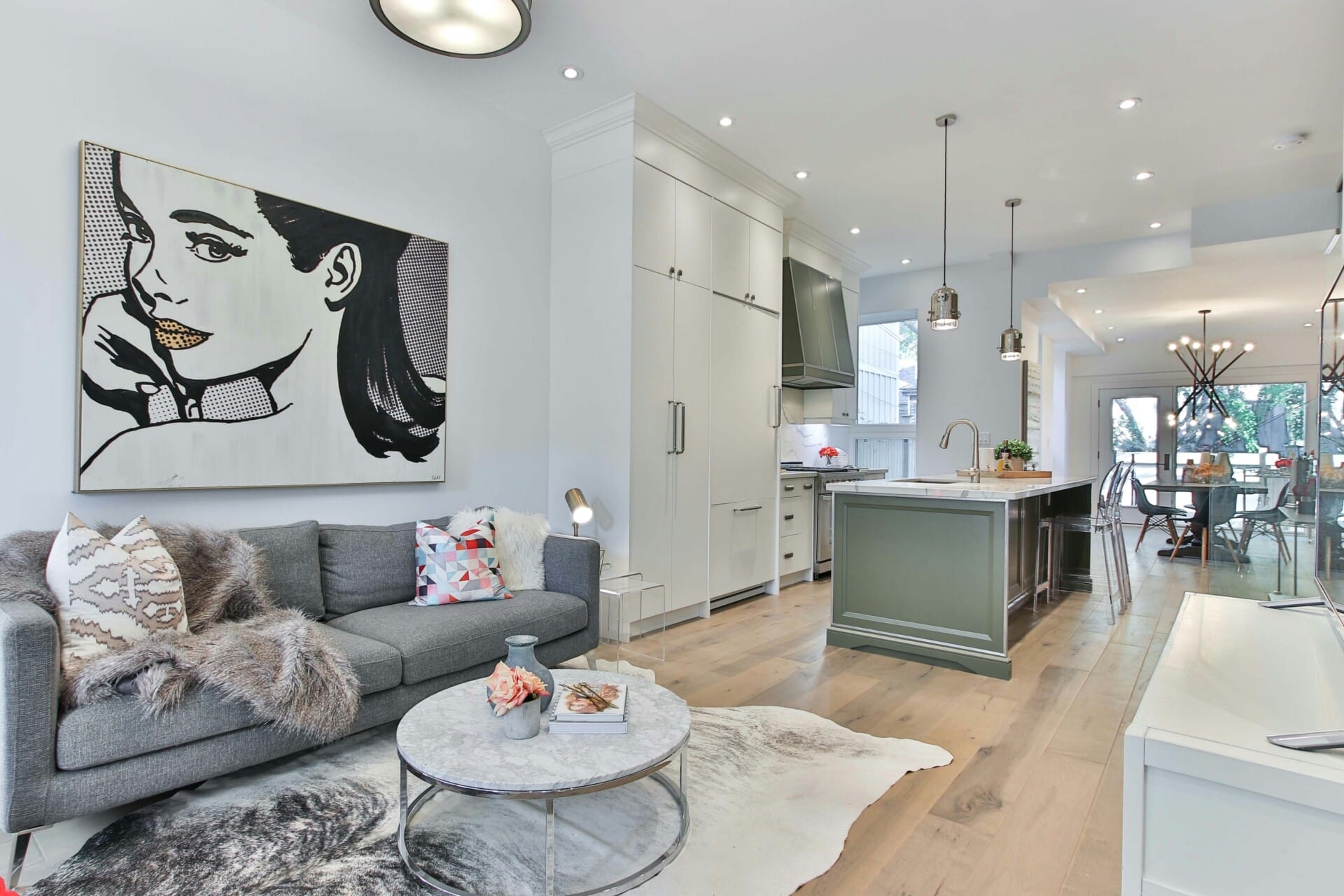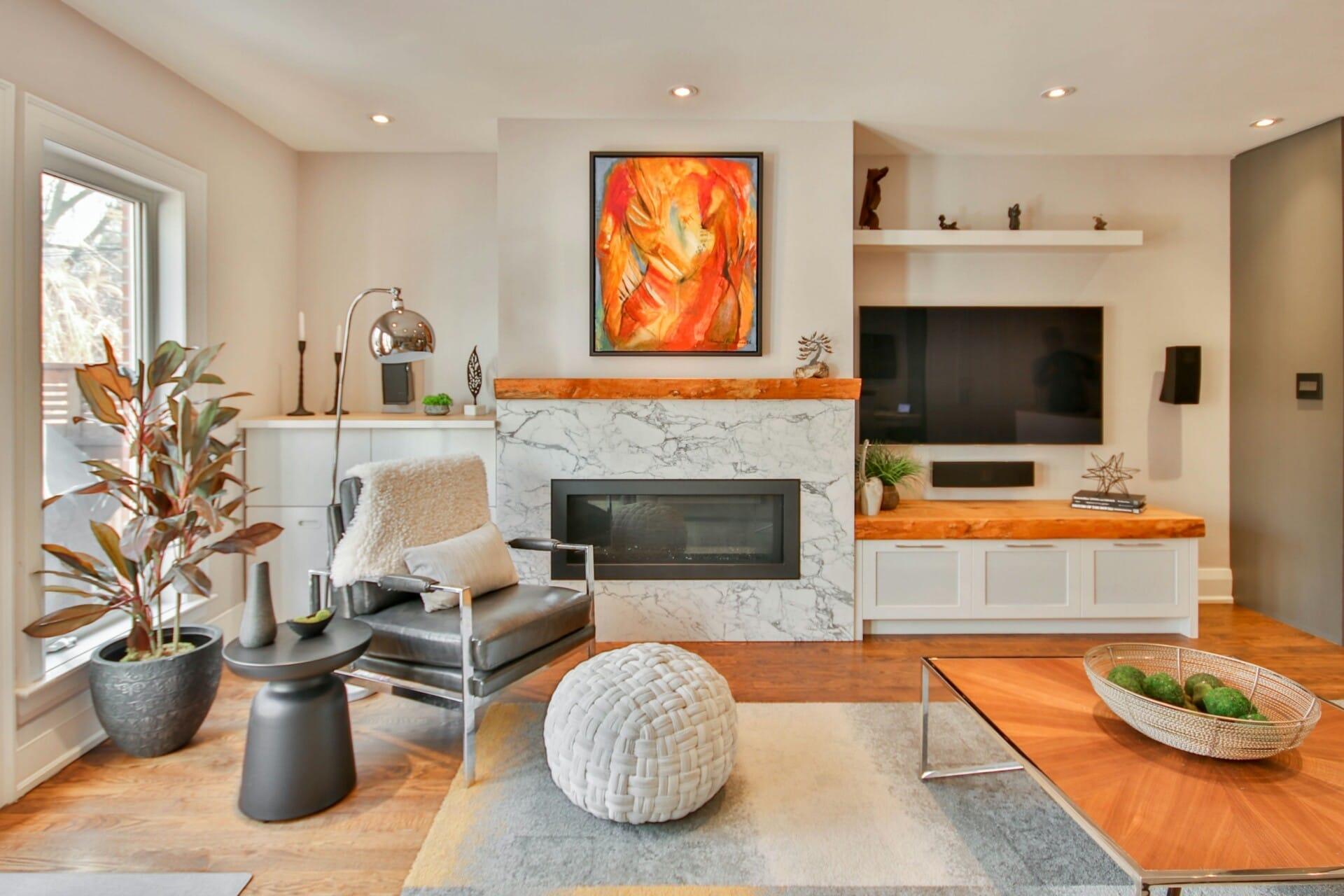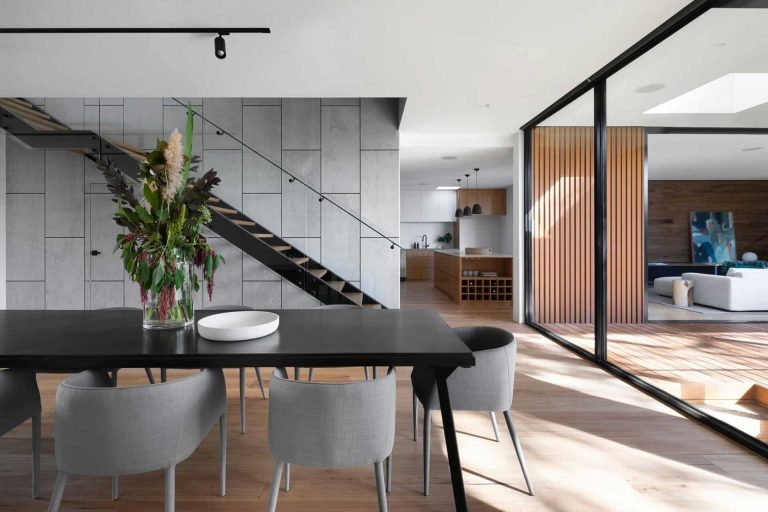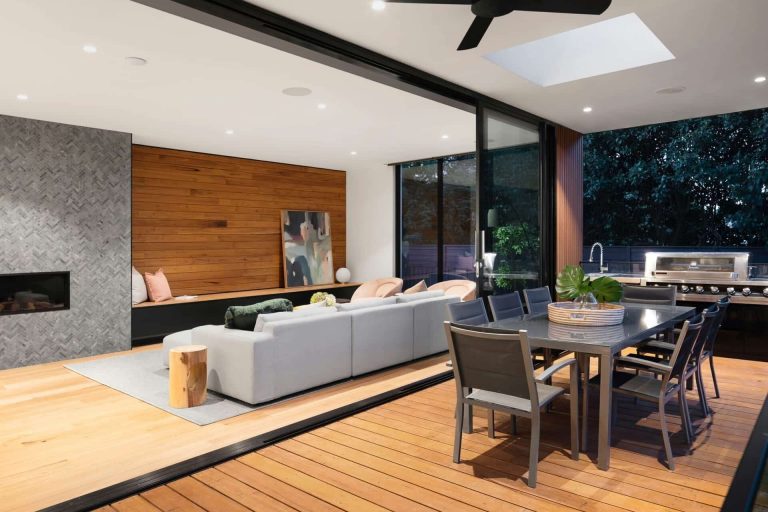As the final nails are driven and the last coat of paint dries, the anticipation in the air becomes palpable. Home construction, whether a new build or an extensive renovation, culminates in a moment of triumph. Yet, as you step into your freshly completed sanctuary, the journey doesn’t quite end here. Transitioning from construction zone to cozy home involves more than just unpacking boxes and arranging furniture; it requires a meticulous approach to ensure that your dwelling is not only beautiful but also functional and safe.
In this article, we present a comprehensive checklist of essential steps and considerations that every homeowner should address once the dust has settled. From securing warranties to ensuring proper ventilation, each task plays a pivotal role in safeguarding your investment and enhancing your living experience. Whether you’re a first-time homeowner or a seasoned pro navigating the post-construction landscape, this guide is designed to help you embrace your new space with confidence and clarity. Join us as we explore the vital things to do after your home construction is complete, transforming your house into a true home, filled with comfort and peace of mind.
Final Walkthrough and Quality Assessment for Your New Home
As you prepare for the final inspection of your new home, it’s essential to approach the walkthrough with a keen eye. This step is not just a mere formality but a critical opportunity to ensure that everything has been completed to your satisfaction. Before diving into the walkthrough, consider organizing a checklist with the key areas to focus on:
- Exterior Elements: Check for any cracks in the driveway, siding or roofing issues, and the state of landscaping.
- Interior Finishes: Inspect walls, ceilings, and floors for damages, paint touch-ups, and overall quality of finishes.
- Systems Functionality: Test HVAC, plumbing, and electrical systems to ensure they are fully operational.
During the walkthrough, it’s advisable to take notes and gather specifics about any imperfections or unfinished work. Documenting these findings serves to create an actionable list that can be shared with your builder for resolution. Additionally, if you encounter significant concerns, it may be beneficial to engage a third-party inspector. This impartial assessment can help solidify your position and ensure all details are addressed effectively.
Once the walkthrough is completed, compile your findings into a simple table to categorize issues by priority and urgency. This structured approach will enhance your communication with contractors and streamline the process of addressing any identified concerns.
| Issue | Priority Level | Status |
|---|---|---|
| Cracked Foundation | High | To Address |
| Uneven Flooring | Medium | To Review |
| Non-Functioning Thermostat | High | To Address |

Establishing Essential Utilities and Services for Daily Living
Once the dust settles after construction, the first priority should be to set up essential utilities that keep your household running smoothly. Start by ensuring you have electricity and water, as both are vital for day-to-day activities. Contact your local utility companies to arrange account setups and service activations. In addition to power and water, don’t overlook gas services if your home is equipped with gas appliances, or consider alternate energy solutions that align with sustainability goals.
Next on your agenda should be communication and connectivity. Establish your internet and cable services to stay connected with the world and enjoy your entertainment options. Reach out to various service providers in your area to compare plans and pricing. Investing time in finding the right service can lead to better deals and set your home up with reliable connections for work and leisure.
ensure safety measures are in place by installing necessary security systems and smoke or carbon monoxide alarms. Creating a comfortable and secure home environment starts with preparedness. Below is a simple checklist to guide you:
| Utility/Service | Status |
|---|---|
| Electricity | ✔️ |
| Water | ✔️ |
| Gas | ✔️ |
| Internet | ✔️ |
| Cable | ✔️ |
| Security System | ✔️ |
| Smoke Alarms | ✔️ |
| Carbon Monoxide Alarms | ✔️ |

Personalizing Your Space: Decorating and Furnishing Tips
Creating a space that reflects your personality can transform a house into a warm and inviting home. Start by choosing a color palette that resonates with you. Whether you prefer soothing neutrals or bold, vibrant shades, select colors that evoke emotions you wish to experience in your space. Consider using an online color visualizer to experiment with combinations that bring your vision to life.
Next, pay attention to furnishing your space with pieces that blend functionality with aesthetic appeal. Invest in quality furniture that suits your lifestyle. For instance, if you entertain often, opt for a spacious dining table or a plush sectional sofa. Incorporate a mix of textures and materials, such as soft fabrics and sleek metals, to add depth and interest to your home. Always remember to leave ample room for movement and flow; too much furniture can create a cluttered feeling.
Don’t underestimate the power of decor items. Unique artworks, photographs, and plants can breathe life into your home. Develop a theme by curating a few eye-catching pieces that tell your story. As you choose decor, keep these ideas in mind:
- Mix and match frame styles for a gallery wall that showcases your travels or family moments.
- Select plants that thrive in your indoor environment to purify the air and bring vibrancy.
- Incorporate multifunctional decor items, like decorative baskets, to keep things organized while enhancing your style.

Maintaining Your Investment: Setting Up a Home Care Routine
Creating a home care routine ensures that your new investment remains in top condition for years to come. Start with a comprehensive maintenance schedule that outlines both seasonal tasks and regular upkeep. For instance, spring might involve checking the roof for damage from winter storms, while fall may be the perfect time to clean the gutters. To help keep track of what needs doing when, consider using a calendar or digital reminder system.
Establishing a routine for indoor maintenance is equally important. Key tasks should include:
- Monthly: Replace HVAC filters to maintain air quality and system efficiency.
- Quarterly: Test smoke and carbon monoxide detectors.
- Annually: Schedule a professional inspection for the heating, ventilation, and air conditioning system (HVAC).
To efficiently manage your home’s outdoor areas, consider developing a simple checklist. This can help you prioritize seasonal jobs and keep everything looking its best:
| Season | Task |
|---|---|
| Winter | Clear snow and ice from walkways |
| Spring | Inspect landscaping and mulch |
| Summer | Mow the lawn and prune trees |
| Fall | Rake leaves and prep garden for winter |
Q&A
Q: What’s the first step I should take after my home construction is complete?
A: Once your new home construction is finished, the first thing you should do is conduct a thorough walkthrough. This involves checking every room, ensuring that all features are as agreed upon in the contract. Look for any inconsistencies, defects, or unfinished work. It’s your chance to make sure everything is in order before the final payment is made.
Q: Should I document the final walkthrough?
A: Absolutely! Documenting your final walkthrough is crucial. Take photos and notes of any issues or discrepancies you notice. This can serve as a reference for discussions with your contractor and help expedite any necessary fixes.
Q: What do I need to do with warranties and documents related to my new home?
A: Collect all warranties, manuals, and receipts associated with appliances, materials, and installations. Organizing these documents in a safe place will be invaluable for reference and future maintenance. Make sure to read through warranty details to understand coverage periods and any necessary registration processes.
Q: Are there any utility setup tasks to complete?
A: Yes, setting up your utilities is essential! Ensure that electricity, gas, water, internet, and cable services are correctly connected and operational. It’s also a good idea to familiarize yourself with your utility meters and how to monitor them efficiently.
Q: How do I approach interior decor and furnishing?
A: Take your time! Before diving into interior decor, live in your space for a bit to get a feel for how you want to arrange each room. Make a mood board or a list of themes, colors, and furniture styles you like. A well-planned approach will lead to a more cohesive and enjoyable living environment.
Q: Should I think about landscaping right away?
A: While landscaping can enhance curb appeal, it’s often best to give your yard time to settle. Consider the climate and natural growth patterns in your area, and think about how you want to use the outdoor space. Planning can lead to better choices when you start planting or installing hardscapes.
Q: What maintenance tasks should I prioritize after moving in?
A: After moving in, focus on essential maintenance tasks such as changing air filters, cleaning gutters, checking smoke detectors, and inspecting HVAC systems. Establishing a maintenance schedule early can help prevent future headaches and ensure that your new home remains in excellent condition.
Q: How can I feel settled after the chaos of construction?
A: Transitioning from construction chaos to a sense of calm can be challenging. Create a cozy atmosphere by adding personal touches such as family photos, artwork, or plants. Establish routines and invite friends over to share your new space—these activities will help you feel more at home.
Q: Is it important to keep in touch with my contractor after the project is finished?
A: Yes, maintaining a line of communication with your contractor can be beneficial, especially for questions or concerns that may arise post-construction. They should provide you with contact information for follow-up questions about the work done. This can also be useful for future projects or maintenance advice.
Q: Any final tips for new homeowners?
A: Embrace the journey! Homeownership is a blending of dreams and reality. Take the time to enjoy your space, and don’t hesitate to tackle projects gradually. Your home will evolve over time, and you have the power to shape it into your perfect sanctuary.
In Summary
As you step into the brand-new chapter of your homeownership journey, the excitement of a completed construction project is palpable. Yet, as we’ve unraveled in this checklist, the journey doesn’t end with the last nail hammered or the final coat of paint dried. It’s a time to reflect, to organize, and to infuse your unique style into the space you’ve shaped. From nurturing your garden to personalizing each room, the details you attend to now will lay the foundation for a thriving home life.
So, as you unpack and settle in, remember that each task—no matter how small—is a chance to create a sanctuary that echoes your vision. Embrace the process, savor the moments of discovery, and revel in the joy of transforming a house into a home. Your checklist is more than just a series of tasks; it’s your gateway to a life well-lived in a space that truly belongs to you. Here’s to new beginnings and all the memories yet to be made in your freshly constructed haven!



